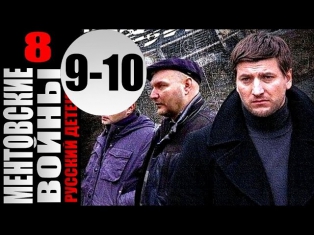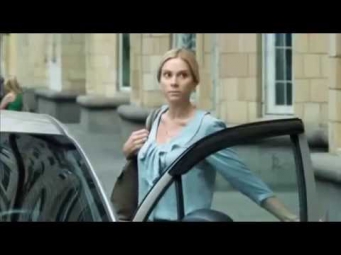Heller Lecture - Robert Shapley
Heller Lecture Series in Computational Neuroscience
הרצאות הלר בחישוביות עצבית
Prof. Robert Shapley
Natalie Clews Spencer Professor of the Sciences; Professor of Neural Science, Psychology, and Biology; Center for Neural Science, New York University, USA
On the topic of
"Neuronal basis for the unitary perception of color and form "
March 20, 2012
Abstract:
Using common sense or introspection, we "know" that color is a visual property of objects and surfaces that we perceive separately from shape or direction of motion or depth order in the visual scene. Vision scientists often have studied color perception under conditions where form is minimal. It is natural for us as scientists and also as human beings to think of color as separate and apart. But on the contrary, color and form are linked inextricably as properties of objects in visual perception and in the visual cortex. The famous psychologist Gaetano Kanizsa was an eloquent advocate of this
viewpoint; he wrote:
"...space and color are not distinct elements but, rather, are
interdependent aspects of a unitary process of perceptual organization."
Kanizsa 1979
The reason for the linkage of color and form is that the brain needs to construct a color signal to recover, as well as it can, the reflective properties of a surface, independent of illumination. So, neural mechanisms of color perception must make computations that take into account the spatial layout of a scene as well as the reflectances of the surfaces in the scene. Our work suggests that the primary visual cortex, V1, plays an important role in neural computations for color and form perception, through the construction of spatially-tuned double-opponent color cells.
- роберт хеллер
Heller Lecture Series in Computational Neuroscience הרצאות הלר בחישוביות עצבית Prof. Robert Shapley Natalie Clews Spencer Professor of the Sciences; Professor of Neural Science, Psychology, and Biology; Center for Neural Science, New York University, USA On the topic of "Neuronal basis for the unitary perception of color and form " March 20, 2012 Abstract: Using common sense or introspection, we "know" that color is a visual property of objects and surfaces that we perceive separately from shape or direction of motion or depth order in the visual scene. Vision scientists often have studied color perception under conditions where form is minimal. It is natural for us as scientists and also as human beings to think of color as separate and apart. But on the contrary, color and form are linked inextricably as properties of objects in visual perception and in the visual cortex. The famous psychologist Gaetano Kanizsa was an eloquent advocate of this viewpoint; he wrote: "...space and color are not distinct elements but, rather, are interdependent aspects of a unitary process of perceptual organization." (Kanizsa 1979) The reason for the linkage of color and form is that the brain needs to construct a color signal to recover, as well as it can, the reflective properties of a surface, independent of illumination. So, neural mechanisms of color perception must make computations that take into account the spatial layout of a scene as well as the reflectances of the surfaces in the scene. Our work suggests that the primary visual cortex, V1, plays an important role in neural computations for color and form perception, through the construction of spatially-tuned double-opponent color cells.










